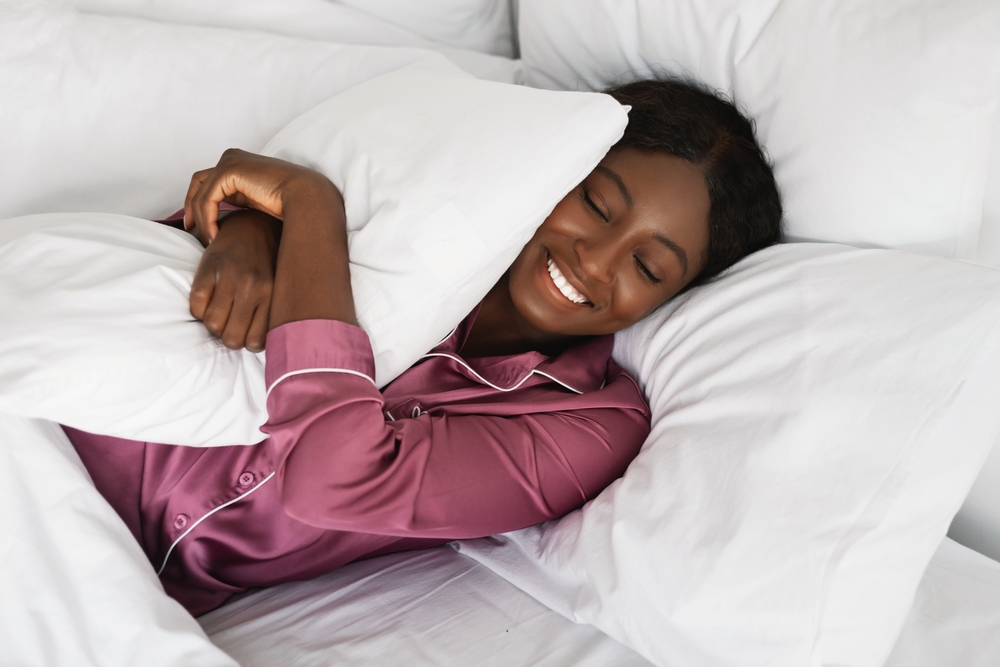Comfortable Sleepwear Materials and Styles for Better Rest
Quality sleepwear plays a crucial role in achieving restful sleep and overall comfort throughout the night. The right combination of materials, fit, and design can significantly impact your sleep quality, body temperature regulation, and freedom of movement. Understanding which fabrics offer the most comfort and which styles promote relaxation helps you make informed choices for your nighttime wardrobe.

Comfortable Sleepwear Materials and Styles for Better Rest
Selecting the right sleepwear involves more than just choosing something that looks appealing. The materials and construction of your nighttime clothing directly affect your comfort level, sleep quality, and overall rest experience. Different fabrics offer varying levels of breathability, moisture-wicking properties, and softness against the skin, while specific styles can either enhance or restrict your natural sleep movements.
Learn Which Materials Offer the Most Comfort During Sleep
Cotton remains one of the most popular sleepwear materials due to its natural breathability and softness. Percale cotton weaves provide excellent airflow, making them ideal for warm sleepers or summer months. Bamboo fabric has gained popularity for its naturally antimicrobial properties and exceptional moisture-wicking capabilities. Modal, derived from beech trees, offers silk-like smoothness while maintaining durability through multiple washes.
Silk provides natural temperature regulation, keeping you cool in summer and warm in winter. However, it requires more careful maintenance than other materials. Linen offers superior breathability but may feel rough initially, softening with each wash. Synthetic blends can provide moisture-wicking properties and wrinkle resistance, though they may not breathe as well as natural fibers.
Discover Styles Designed for Relaxation and Easy Movement
Loose-fitting pajama sets allow for unrestricted movement during sleep while providing coverage and comfort. The relaxed cut prevents binding or twisting that can disrupt sleep cycles. Nightgowns and sleep shirts offer freedom of movement with minimal fabric constraints, making them ideal for restless sleepers or those who prefer less restrictive clothing.
Sleep shorts paired with comfortable tops provide versatility for different seasons and personal preferences. The shorter length prevents overheating while maintaining modesty. Robes serve as transitional pieces between sleepwear and daywear, offering comfort during evening routines or early morning activities.
Comfortable Sleepwear Styles for Different Sleep Preferences
Side sleepers benefit from sleepwear that doesn’t bunch or twist during movement. Fitted but not tight styles work well, as do fabrics with slight stretch. Back sleepers can comfortably wear most sleepwear styles, though they should avoid heavy or bulky materials that might cause overheating.
Stomach sleepers often prefer minimal, lightweight sleepwear to avoid feeling constricted. Thin, breathable fabrics and simple cuts work best for this sleeping position. Hot sleepers should prioritize moisture-wicking materials and loose-fitting designs that promote airflow around the body.
Seasonal Considerations for Sleepwear Selection
Summer sleepwear should focus on lightweight, breathable materials like cotton percale, linen, or bamboo. Short sleeves or sleeveless styles help prevent overheating, while loose fits promote air circulation. Light colors reflect heat better than dark shades.
Winter sleepwear benefits from slightly heavier materials like flannel or jersey knit cotton. Long sleeves and full-length pants provide warmth without excessive bulk. Layering options, such as robes or bed jackets, offer flexibility for changing temperatures throughout the night.
Care and Maintenance for Longevity
Proper care extends the life and comfort of sleepwear. Most cotton and cotton blends can be machine washed in warm water and tumble dried on medium heat. Bamboo and modal fabrics often require gentler care, including cool water washing and air drying to maintain their softness and shape.
Silk sleepwear typically needs hand washing or gentle machine cycles with specialized detergents. Avoiding fabric softeners helps maintain the natural properties of most sleepwear materials. Regular replacement every 6-12 months ensures optimal comfort and hygiene, depending on frequency of use and care quality.
The right sleepwear combination of material and style creates an environment conducive to quality rest. Natural, breathable fabrics paired with comfortable, movement-friendly designs support your body’s natural sleep processes while providing the comfort needed for restorative rest. Consider your personal sleep habits, temperature preferences, and lifestyle when selecting sleepwear to maximize both comfort and sleep quality.




